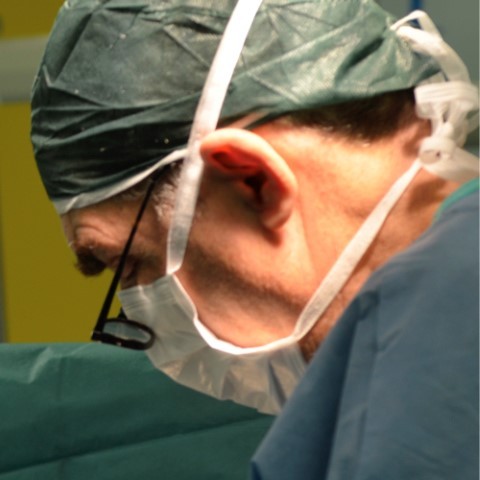Abstract
Pleuro-peritoneal leakage is an uncommon complication of peritoneal dialysis (PD). In this study, we report the case of a male patient (age 83), treated with PD (daytime single-exchange). In October 2019, hospitalization was necessary due to dyspnoea and a reduction of peritoneal ultrafiltration. A right pleural leakage resulted at chest x-ray. A regression of the pleural leakage was immediately observed after interrupting PD.
It was then performed a pleuro-peritoneal CT scan at baseline, followed by a second scan performed 4 hours after the injection of 2 L of isotonic solution with 100ml of contrast medium, which evidenced a pleuro-peritoneal communication. It was then decided to perform a video-assisted thoracoscopic surgery (VATS), that showed no evidence of diaphragm communication. It was then executed a pleurodesis using sterile talcum. The patient was released on the 3rd day, with a conservative therapy and a low-protein diet. After 2 weeks a new pleuro-peritoneal CT scan with contrast medium was executed. This time the scan evidenced the absence of contrast medium in the thoracic cavity. The patient then resumed PD therapy, with 3 daily exchanges with isotonic solution (volume 1.5 L), showing no complications.
Concerning the treatment of pleuro-peritoneal leakage, VATS allows both the patch-repairing of diaphragmatic flaws and the instillation of chemical agents. In our case, VATS allowed the chemical pleurodesis which in turn enabled, in just 2 weeks of conservative treatment, the resuming of PD. In conclusion, this methodology is a valid option in the treatment of pleuro-peritoneal leakage in PD patients.
Keywords: pleuro-peritoneal leakage, video-assisted thoracoscopic surgery, peritoneal dialysis, end stage renal disease











